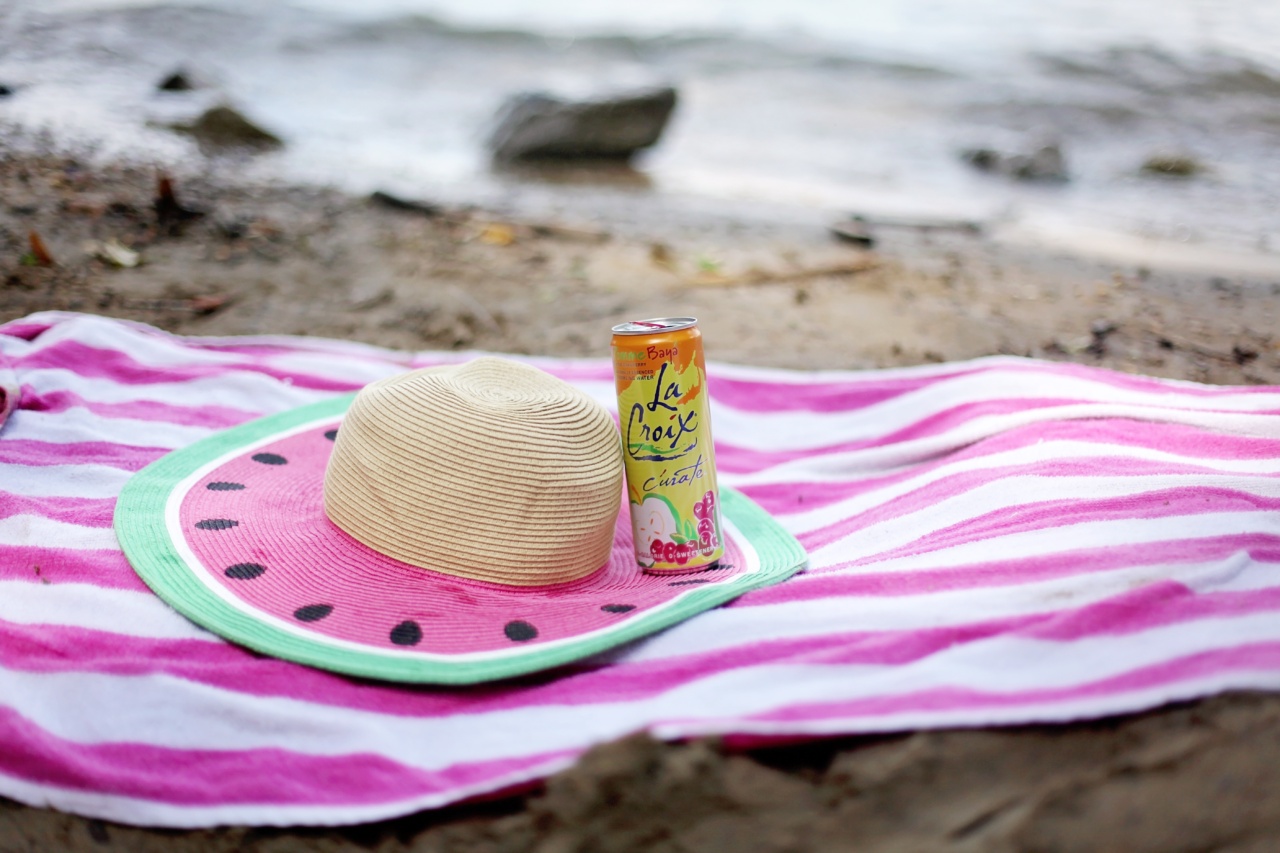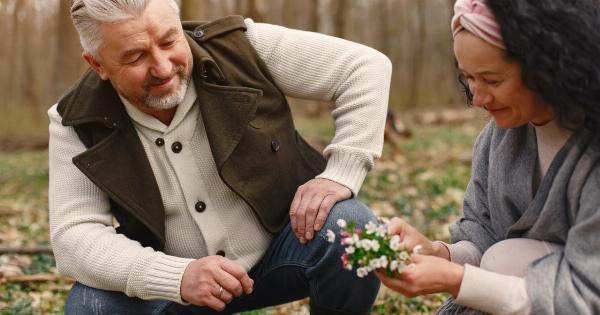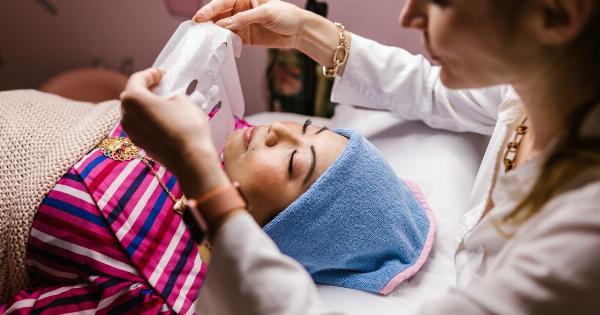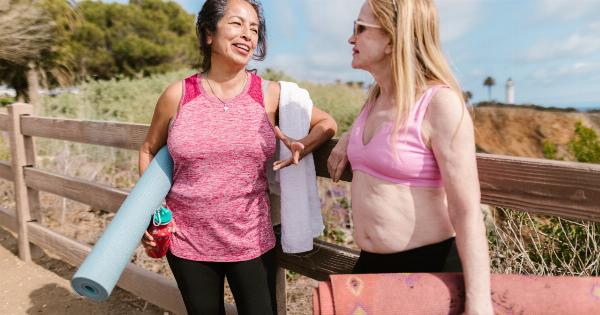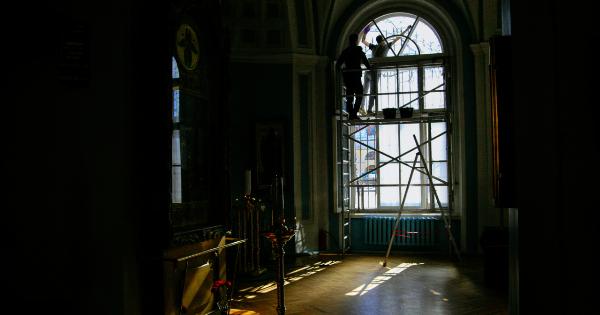As the years go by, the pursuit of youth and longevity remains a constant theme in society. People try various methods to slow down the aging process, from expensive skincare products to rigorous exercise routines.
However, there might be a natural and cost-effective solution right under our noses – embracing the chill. Recent scientific studies suggest that cold temperatures can have a profound effect on slowing down the aging process.
In this article, we will explore the mechanisms through which cold temperatures affect aging and discuss practical ways to incorporate cold exposure into our daily lives.
The Science Behind Cold Exposure
At a cellular level, cold temperatures stimulate specific genes and proteins that play a critical role in longevity. One such protein is called FOXO3, which has been linked to a longer lifespan in various organisms, including humans.
Cold exposure triggers the activation of FOXO3, which then initiates a series of cellular processes that enhance cellular repair, reduce inflammation, and promote overall health.
Boosting Cellular Repair
As we age, our cells accumulate damage from various sources, such as oxidation and DNA mutations. This damage can lead to decreased cellular function and accelerate the aging process.
Cold temperatures can act as a catalyst for cellular repair, as they stimulate the production of heat-shock proteins (HSPs). These proteins help to repair damaged cells, remove waste materials, and promote the regeneration of new, healthy cells.
Reducing Chronic Inflammation
Chronic inflammation is a major contributor to the aging process. It is linked to a range of age-related diseases, including cardiovascular disease, diabetes, and neurodegenerative disorders.
Exposure to cold temperatures can help reduce chronic inflammation by activating specific anti-inflammatory pathways within the body. Cold exposure has been shown to decrease the production of pro-inflammatory cytokines while increasing the release of anti-inflammatory cytokines, leading to a more balanced inflammatory response.
Increasing Brown Fat Activation
Brown fat, also known as brown adipose tissue, is a specialized type of fat that generates heat when stimulated. Unlike white fat, which stores excess energy, brown fat burns calories to generate heat.
It is often found in higher amounts in lean individuals and decreases with age. Cold temperatures can activate and increase the amount of brown fat in our bodies, which can help with weight management and metabolic health.
Increased brown fat activation has also been associated with improved insulin sensitivity and a reduced risk of obesity and related disorders.
Improved Circulation and Tissue Oxygenation
Cold temperatures cause blood vessels to constrict, which redirects blood flow to vital organs and the brain.
This redirection enhances circulation and tissue oxygenation, ensuring that cells receive the necessary oxygen and nutrients for optimal functioning. Improved circulation can have numerous benefits on overall health, from increased energy levels to enhanced cognitive function.
Practical Ways to Embrace the Chill
Now that we understand the science behind cold exposure and its potential anti-aging benefits, let’s explore some practical ways to incorporate it into our daily lives:.
1. Cold Showers
Start your day with a refreshing cold shower. Gradually decrease the water temperature to allow your body to adapt to the cold. Cold showers not only awaken your senses but also provide a natural boost to your metabolism and circulation.
2. Outdoor Activities
Engage in outdoor activities during colder weather. Bundle up and take a brisk walk, go ice skating, or try your hand at winter sports like skiing or snowboarding. These activities expose you to colder temperatures while providing exercise and fresh air.
3. Cold Water Immersion
If you’re feeling adventurous, try cold water immersion. This involves fully immersing yourself in cold water, such as a cold plunge pool or an ice bath. Start with shorter durations and gradually increase as your body acclimates to the cold.
Cold water immersion has been shown to have numerous health benefits, from improved circulation to reduced muscle soreness.
4. Cryotherapy
Cryotherapy involves exposing your body to extremely cold temperatures for a short duration, typically in a specialized chamber. Cryotherapy sessions can last a few minutes and provide similar benefits to cold water immersion.
Many spas and wellness centers offer cryotherapy services, allowing you to experience its benefits in a controlled environment.
5. Seasonal Eating
Incorporate seasonal foods into your diet. During colder months, opt for warming foods such as soups, stews, and root vegetables. These foods not only provide nourishment but also help raise your body temperature from within.
6. Cold Exposure Training
If you’re looking to take cold exposure to the next level, consider cold exposure training. This involves gradually exposing your body to colder temperatures over time. Start with shorter durations and slowly increase as your tolerance improves.
Cold exposure training can be an effective way to enhance your body’s ability to adapt to cold temperatures and reap the associated benefits.
7. Open Windows and Fresh Air
During colder months, make a habit of opening windows and allowing fresh air into your living spaces. This encourages exposure to cooler temperatures and provides the benefits of increased oxygenation and improved air quality.
8. Cold Sleep Environment
Ensure your sleeping environment is slightly cooler than usual. Lowering the temperature in your bedroom can not only improve sleep quality but also expose your body to colder temperatures for an extended period each night.
9. Layering Clothing
Instead of immediately cranking up the heat or relying on excessive layers, try embracing colder indoor temperatures by layering your clothing.
Gradually adapt to cooler indoor environments to stimulate your body’s thermoregulatory system and increase your tolerance to cold.
10. Mindset Shift
Finally, embrace the chill by shifting your mindset. Rather than perceiving cold temperatures as an inconvenience, see them as an opportunity for rejuvenation and vitality. Embrace the discomfort and relish in the potential anti-aging effects.
Conclusion
Cold temperatures can be more than just a weather condition – they can be a powerful tool to slow down the aging process.
By understanding the science behind cold exposure and adopting practical strategies to incorporate it into our daily lives, we can harness its benefits and embrace the chill. Whether it’s through cold showers, winter activities, or cold water immersion, there are numerous ways to embark on this journey of age-defying wellness.
